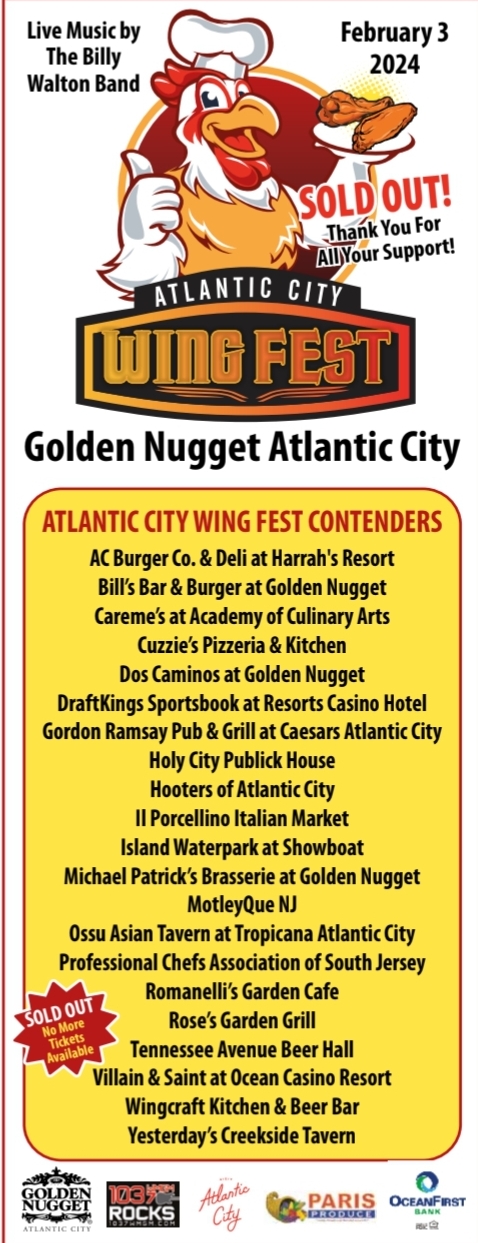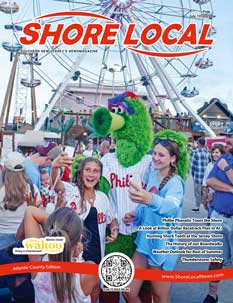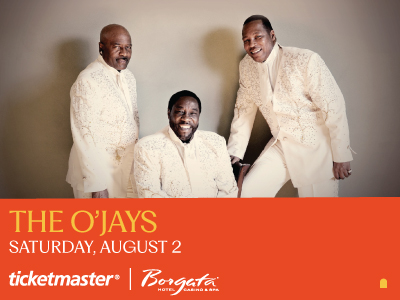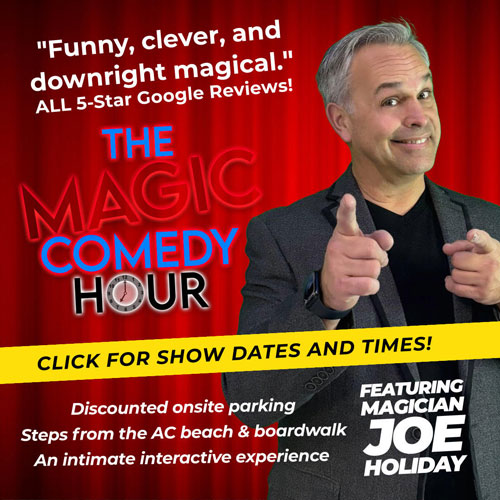By William Kelly
When the hit movie “The Sting” came out in 1973, featuring Paul Newman and Robert Redford as big-time con artists and confidence men, University of Louisville Kentucky linguistics professor David Maurer thought he had been stung.
Maurer wrote a book “The American Confidence Man,” which was later republished as “The Big Con.” It describes his decades-long study of the slang of the underworld – thieves, pickpockets and con artists. In the course of his studies, Maurer met and became friendly with a number of confidence men who considered themselves above the thieves and pickpockets because they played out acting roles, and never stole anything, but rather, had their “marks” as they called them, give them the money.
In the movie, a small-time thief and con artist played by Robert Redford, looks up Gondorff, who had a reputation for being a big con artist extraordinaire, and convinces him to teach him the ropes of the “Big Con.”

Paul Newman (Gondorff) and Robert Redford in the movie “The Sting”, based on the book “The Big Con” by David Maurer.
Small cons are whatever you can get from a mark by playing three-card monte, coin under the cups tricks, dice and card swindles – all small-time stuff, taking whatever the mark has on him. But the big cons are elaborate swindles where a “roper” targets a mark, brings him to the “inside man” at a “big store” who gives the mark “the convincer,” and sends him out to get large amounts of money that they take from him on a sure shot scheme. The mark is convinced to be part of a scam, thus “you can’t cheat an honest man.”
According to Maurer, there are three basic big con games: a boxing scam, a stock swindle scheme and the horse racing wire. The latter is portrayed in the movie “The Sting” where the mark is convinced the Western Union wire service middle man holds up the results of horse races from around the country for a few minutes, long enough to place a sure bet on the winner.
The boxing ring, the stock office and the wire betting office are all held at makeshift studios called The Big Store, and are set up to be broken down as soon as the sting is stung. The mark is “blown off,” and the money is split among the actors who each have a role to play, with the “inside man” – Gondorff in the movie, played by Newman, having the biggest role.
According to Maurer, “The inside man must use a method suited to his mark at hand. All good inside men have a way with marks. The Yellow Kid had a way with marks that was unbelievable. Charley Gondorff had about the same thing, and it enabled him to beat most of the marks who were roped for him….Inside men play for so many different types of men and study them carefully. They abide by what they learn. They study out different angles from which to approach the mark, then experiment with them until they are perfect.” Maurer says it is mainly psychological manipulation.
Maurer says that Charley Gondorff was originally from New York, but worked as a bartender in Atlantic City in the 1920s, where he ran a big con operation for a number of years. He also had two brothers, Fred and George, but George didn’t have “the grifter’s sense” that his brothers had.
Maurer writes: “Training and experience are of course important, but without grift sense they count for little, as can be seen from the Gondorff Family. Two of the brothers, Charley and Fred, were rated at the top of their profession, while brother George, who worked under the very best tutelage, never succeeded. ‘George was always a blank as a grifter,’ said a former roper for Charley. ‘His brothers were tops, but he just didn’t have the grifting sense’.”
One key aspect of pulling off a big con sting is making sure the law doesn’t interfere, and the police must be on the take. Putting in the fix, as they said in the lexicon that Maurer compiled, was to make sure you paid off the right cop. So there were two types of policemen, “the right copper,” who took a bribe, and “the wrong copper,” who wouldn’t.
In Atlantic City when Gondorff was there, that was no problem, as Nucky Johnson was in charge. Gondorff probably went right to Nucky himself and gave him a big percentage of the total take, which in big cons can be many thousands of dollars. That had to be shared with the chief of police and the men on the beat on the street.
There was one condition that was promised and met; the ropers would not target any locals who lived or worked in Atlantic City, and only go after marks from out of town, vacationers and mainly conventioners.
The Boardwalk was already known for its shady games of chance, and the best of the barkers who brought people into the games became ropers for the big con, hanging out at bars, restaurants and casinos with an eye out for potential marks.
According to Maurer, Gondorff moved around a lot, and was probably only in Atlantic City for a few years before moving on, as after a while people got to realize what was happening.
When I read David Maurer’s book “The American Confidence Man,” which was also later published as “The Big Con,” I immediately recognized that it was the basis for the movie “The Sting,” as it was all there in one place, even explaining the details of how the big con games were played out by the actors.
So I called the Louisville Kentucky University where Maurer taught, asked for the linguistics department, and talked to a professor there, who told me that David Maurer had passed away a year or so before. He was his assistant and now had his position.
I asked the new professor if Maurer’s book was the basis for the movie “The Sting,” and he said it sure was and told me the story.
When Maurer saw the movie “The Sting,” he waited until the end for the credits, and when they didn’t mention his name or his book, he went to his lawyer and filed a civil suit against the producers for not giving him proper credit or residuals.
The screenwriter, David S. Ward, who won an Academy Award, claimed he never read Maurer’s book, but when Maurer’s lawyer asked the screenwriter to come up with one other published reference to Gondorff, besides Maurer’s book, he couldn’t do it and the judge ruled in Maurer’s favor, obtaining a screenwriter’s share of the profits, but still apparently not getting the credit he deserved.
They also kept the story from news outlets like Variety and Hollywood Reporter, so you are probably reading about it for the first time here.
Paul Linebarger, who wrote the US Army manual on propaganda, and taught CIA officers at the Johns Hopkins University School of Advanced International Studies, had his secret agent students read Maurer’s book “The Big Con,” in order to learn how to successfully conduct clandestine and covert intelligence operations.
“The Sting” theme from Maurer’s book was also adapted into a successful British TV series (2004-2012) called “Hustle,” which featured “The Man from U.N.C.L.E.” actor Robert Vaughn as the roper, and Shakespearean actor Adrian Lester as the inside man, expanding the big cons into new, modern technological territories.
The “grifter’s sense” best exhibited by Atlantic City bartender Charley Gondorff is still an integral element if making any big con scheme work.
While small con thieves still proliferate in and around Atlantic City, the FBI itself used a big con scheme to take down corrupt government officials in a fake Atlantic City casino deal that was made into a movie, “American Hustle.”
Along with “Butch Cassidy and the Sundance Kid,” “The Sting” remains one of the most popular movies Paul Newman and Robert Redford ever made.
















